
KOGI KOGI Korean Restaurant Jakarta eatandtreats Indonesian Food
In Japan, koji has predominantly been grown on rice, barley or soybeans in order to make sake, miso and soy sauce. Its ability to digest starch and proteins makes it suitable to grow on a variety of different grains, beans or substrates of your choice. You can read more in our article on the science of koji.

KOGI KOGI Korean Restaurant Jakarta eatandtreats Indonesian Food
Koji rice refers to moldy rice grains, inoculated with Aspergillus oryzae. The rice grains are incubated for a couple of days, and they continue to ferment. This method of moldy fermentation can be used for rice, barley, soybeans, and many grain varieties. Koji mold continuously releases enzymes. These ferment the rice and break down the.

Kogi Confluence Rice A HiTech Innovation Rice Production In Nigeria
RICE KOJI: Rice Koji is steamed rice that has been propagated and fermented with koji starter. It is one of the types of koji. It has a very close and deep relationship with Japanese dishes, and koji rice is used as a raw material for miso, soy sauce and mirin. It is also used to make a Japanese non-alcoholic traditional drink, amazake (sweet.
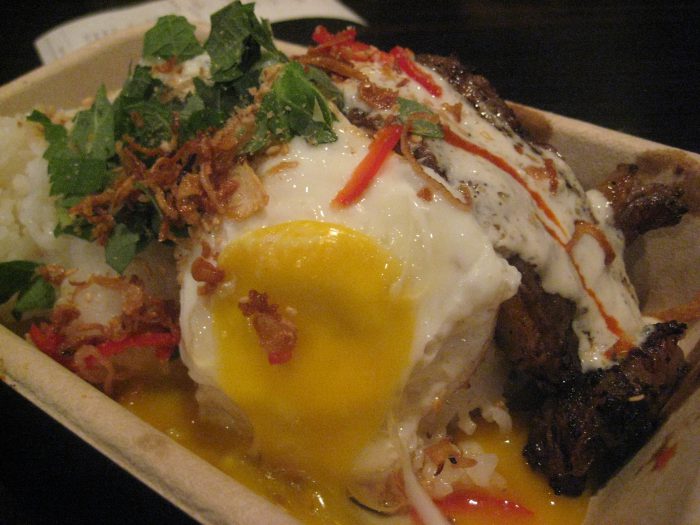
Kogi Does Rice at Chego! (RELOCATED) The Unvegan
Cool the cooked rice or barley to 90°. Sprinkle the koji spores once the grain is cooled. Gently toss so that the spores are evenly dispersed. Set your dehydrator to between 80° and 90°. Place the grain and spore mixture on the dehydrator trays. Cover each tray with thick layers of cheesecloth or plastic wrap.

Toruko Rice (Turkish Rice) Free Stock Photo Public Domain Pictures
Rice koji is steamed rice inoculated with koji mold, AKA Aspergillus oryzae. It's the key ingredient in many Japanese pantry staples, such as soy sauce, miso, and shio koji. Rice koji (米こうじ, 米糀, 米麹) is steamed rice treated with koji spores ( Aspergillus oryzae, 麹菌). Koji is crucial in miso, soy sauce, sake , mirin, rice.

KOGI Korean BBQ in Tucson Restaurant menu and reviews
In the lab, Arturo grows koji in a temperature and moisture-controlled cedar chamber set at about 85°F and 70 percent humidity, which allows the mold spores to propagate on the cooked rice.
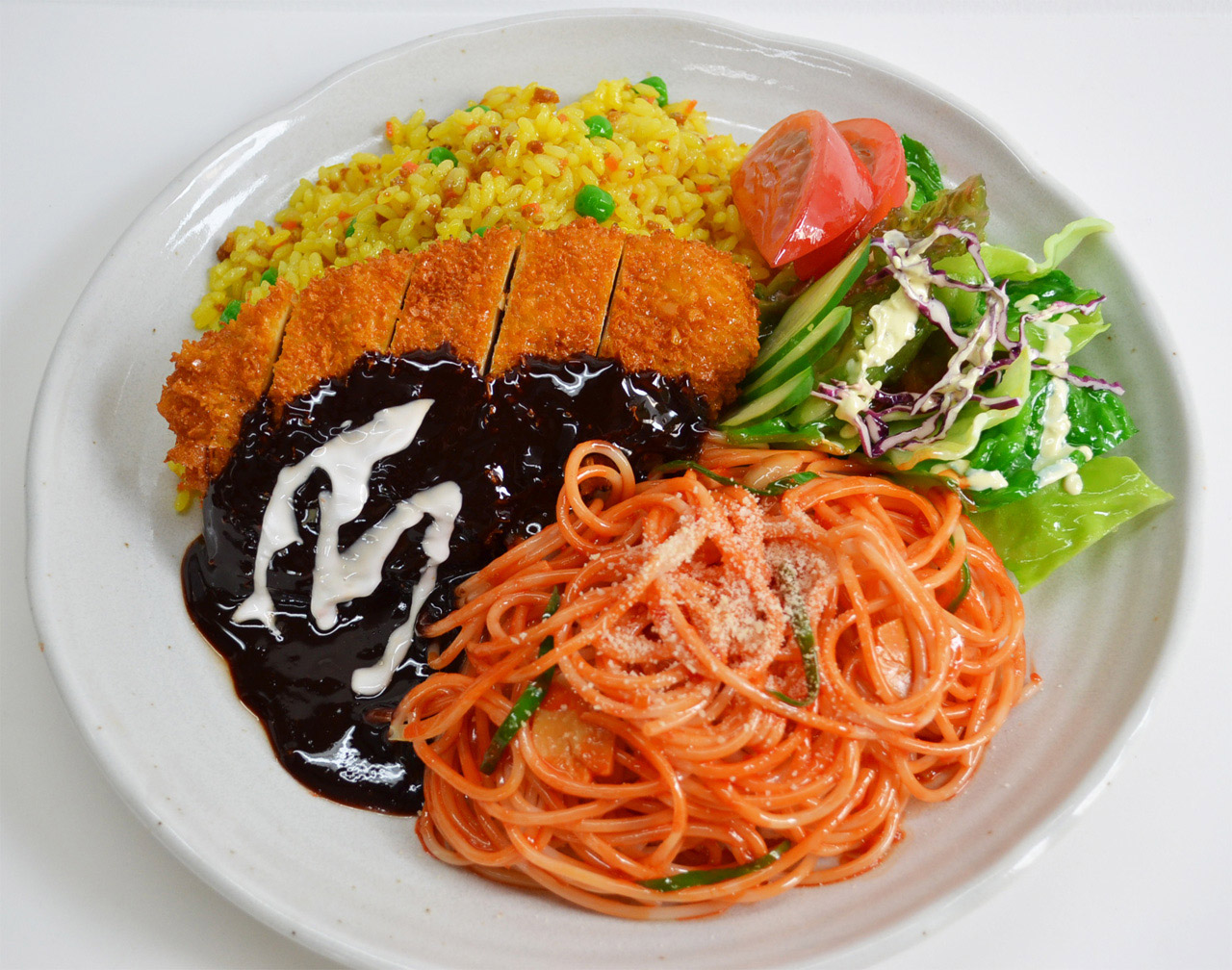
Toruko Rice (Turkish Rice) Free Stock Photo Public Domain Pictures
Combine rice koji with kosher salt in a lidded container and then stir in water until the salt has dissolved. The general ratio for shio koji is 5:4:1 by weight of water to grain koji to salt (the ratio is adjusted slightly in the attached recipe to accommodate volumetric measurements).
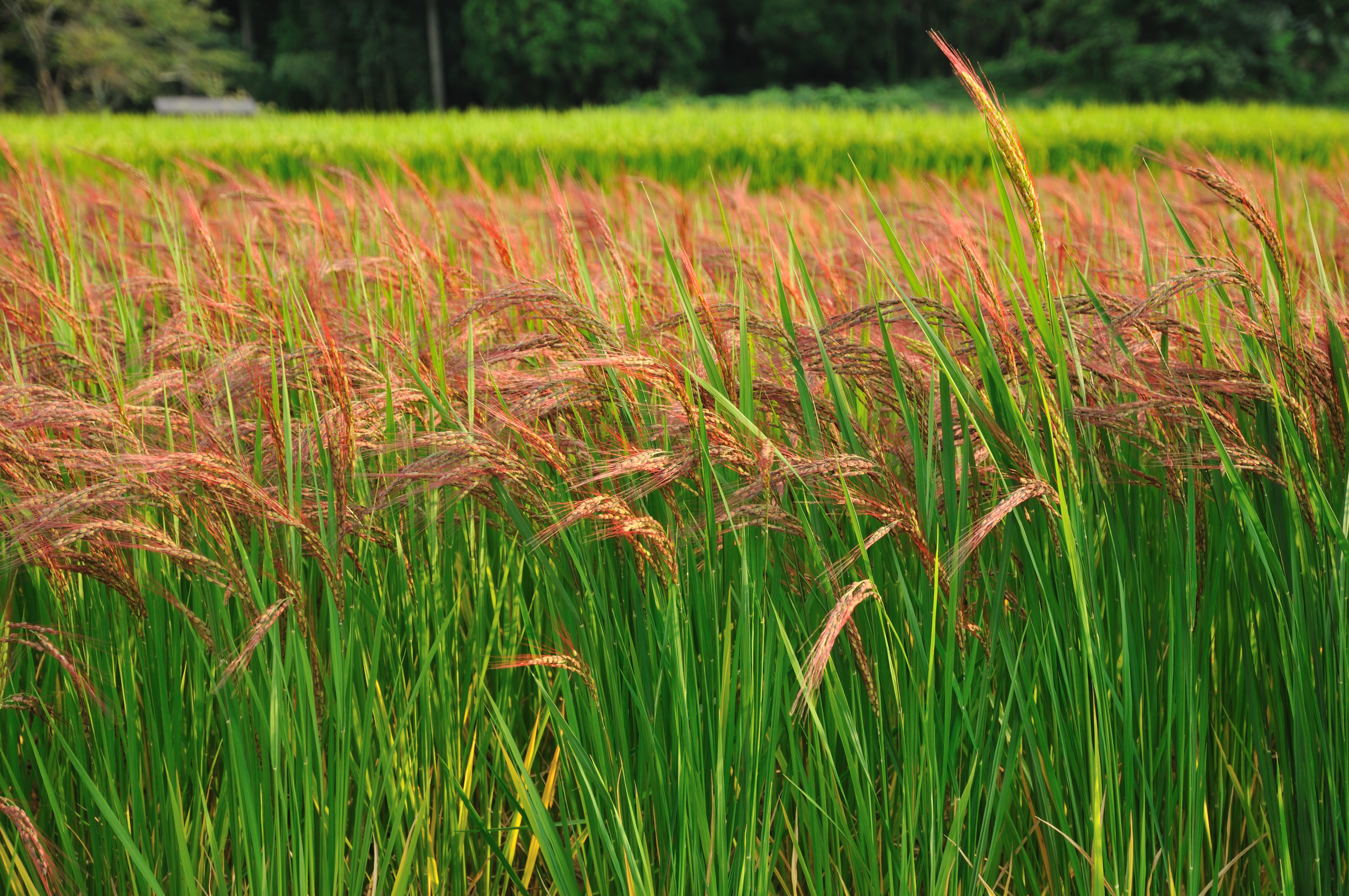
FileRed Rice Paddy field in Japan 002.jpg
Add the ¼ teaspoon of the koji-kin culture to the rice and mix it up. On a baking dish, spread out all the steamed rice and cover it with a damp cloth. The cloth must be moist but not soaking wet. It's now time to incubate the rice at a constant temperature of 90 F or 30 C for the next 48 hours.
Is It Really That Good? Kogi! Kogi! Kogi!
Rinse the rice until the water runs clear (to remove all the starch). Soak the rice in water for 8-12 hours. Steam (not boil) the rice until it has softened. See notes below for my setup. Cool the rice to room temperature. Thoroughly mix the koji-kin culture into the rice. Spread the rice out in a baking dish.
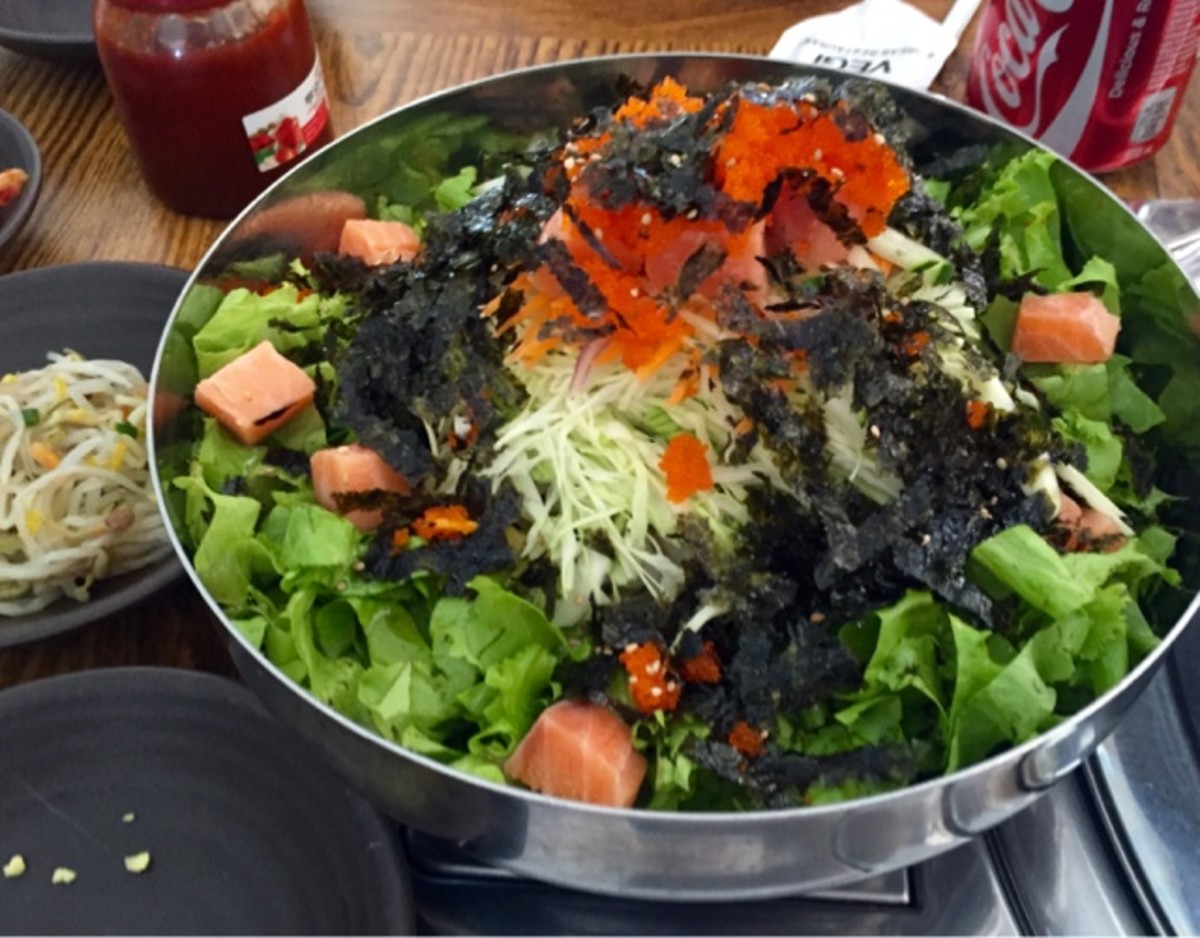
Review Kogi & Vegi Korean Restaurant, Smallville, Iloilo City HubPages
The best salinity ratio of koji rice is between 30% and 35%. You may want to reduce the amount of salt, but it causes decay and odor due to its low sodium. Mix koji rice and salt evenly. Otherwise, there is a risk that the koji rice will rot. Add water until the koji rice is just covered. (Not too much, not too little). Koji absorbs water, so.

Booya! Bibimbap! (for cheaters) We [Heart] Food
Method. Place all ingredients in a blender and blend well until achieving a smooth texture. Weigh the fillet of fish and add half of the weight of the marinade in a clean plastic bag. Remove air inside of bag and keep in the fridge overnight. Take out the fish and cook it in a hot oven to your liking.

FileRice p1160004.jpg Wikipedia
Watch on. An easy recipe to make koji rice step by step. Koji rice is fermentation starter, in this case Aspergillus oryzae, breeded on rice. Use koji to make various foods, such as miso, amazake, shio koji, etc. Hope you can enjoy making it!
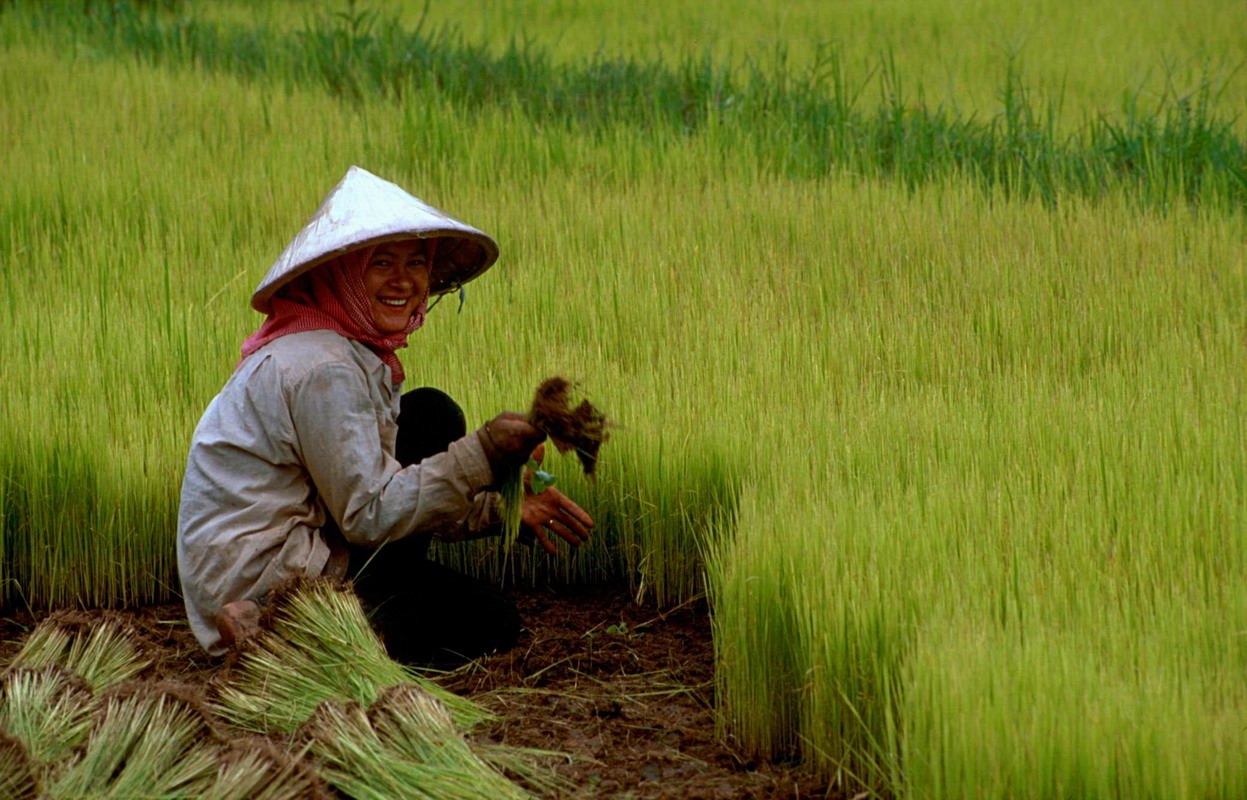
FileRice 02.jpg Wikipedia
Over the past several millennia Chinese, Japanese, and Korean artisans have mastered the craft of cultivating Aspergillus oryzae (called koji-kin in Japan) on grains, primarily rice and barley.
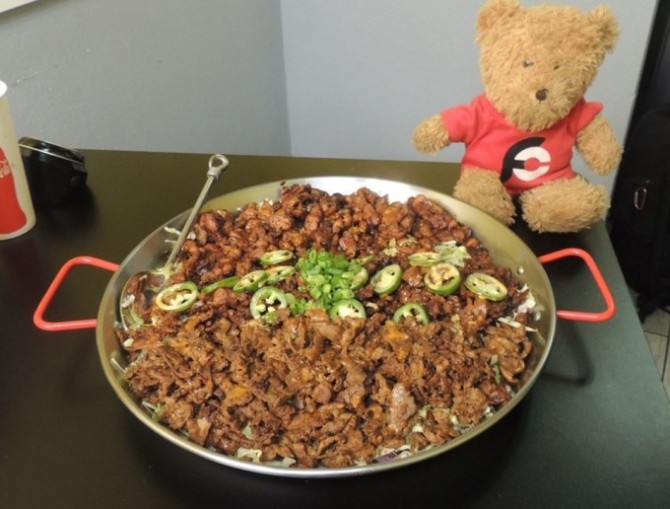
Kogi Grill's Triple Meat Korean Kogi Rice Bowl Challenge
SHIO KOJI. Combine 150 g of dehydrated rice koji with 350g water and stir in 50g of sea salt. Cover loosely with a clean towel. Stir daily for 1 week at room temperature. Store in a jar in the refrigerator for up to a year. To use, toss fresh cut vegetables in a tablespoon or two and allow to sit for 30 minutes prior to sautéing.
FileA closeup of puffed rice.JPG Wikimedia Commons
To make it, you ferment koji in water with salt. The ratio of koji to water is 1-to-1. Then, add 5% to 10% of the weight of water and koji in salt. (Exactly how much salt you use depends on how you normally cook; I tend to use around 5% salt.) For example, 100 grams of water + 100 grams of koji rice = 200 grams.

Jamaican Red Bean and Rice recipe Treasure Island Party In Literature
Umansky moved on from scallops to growing koji on pork and beef. One discovery happened by accident—he left a piece of eye round, a tough cut from the rear leg of the cow, curing with rice flour and koji for five days. When he remembered the meat, it had completely dried out and was fully tenderized.